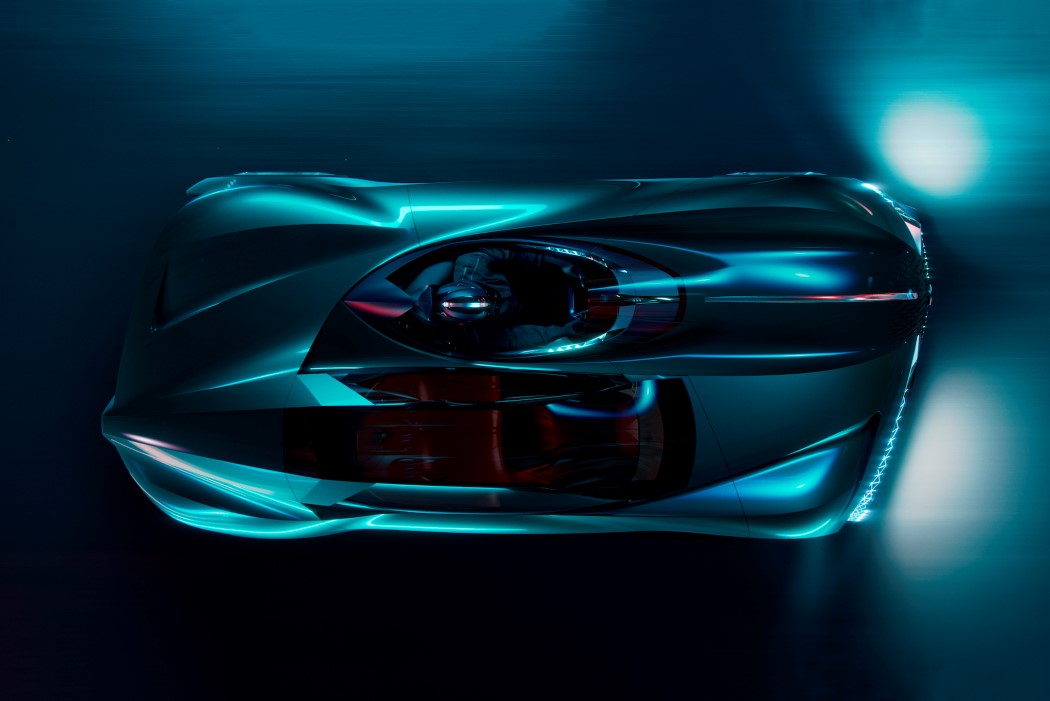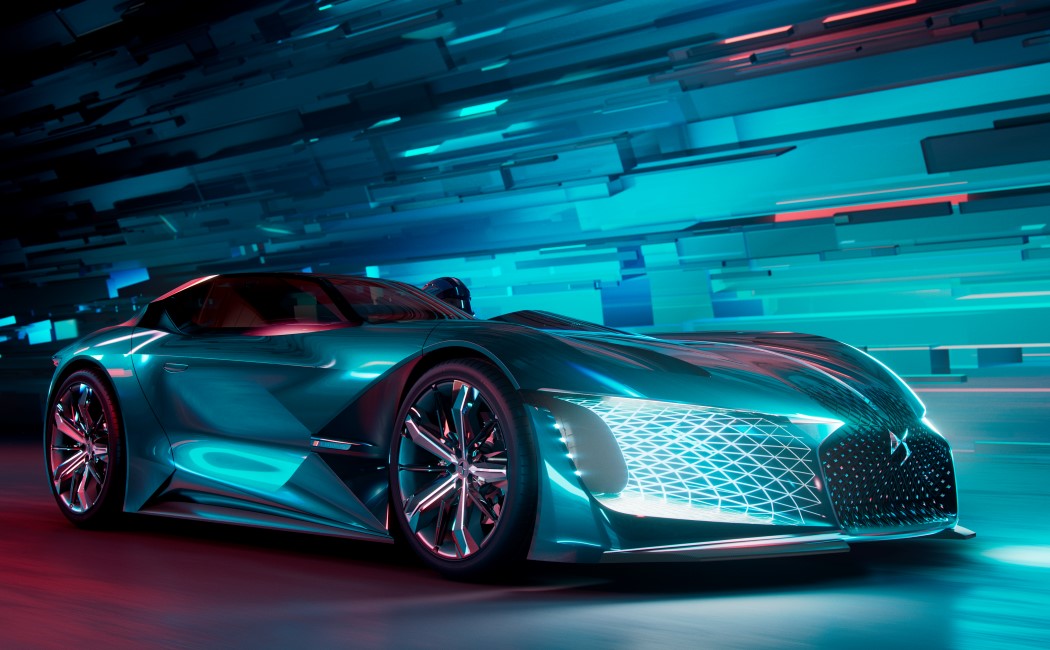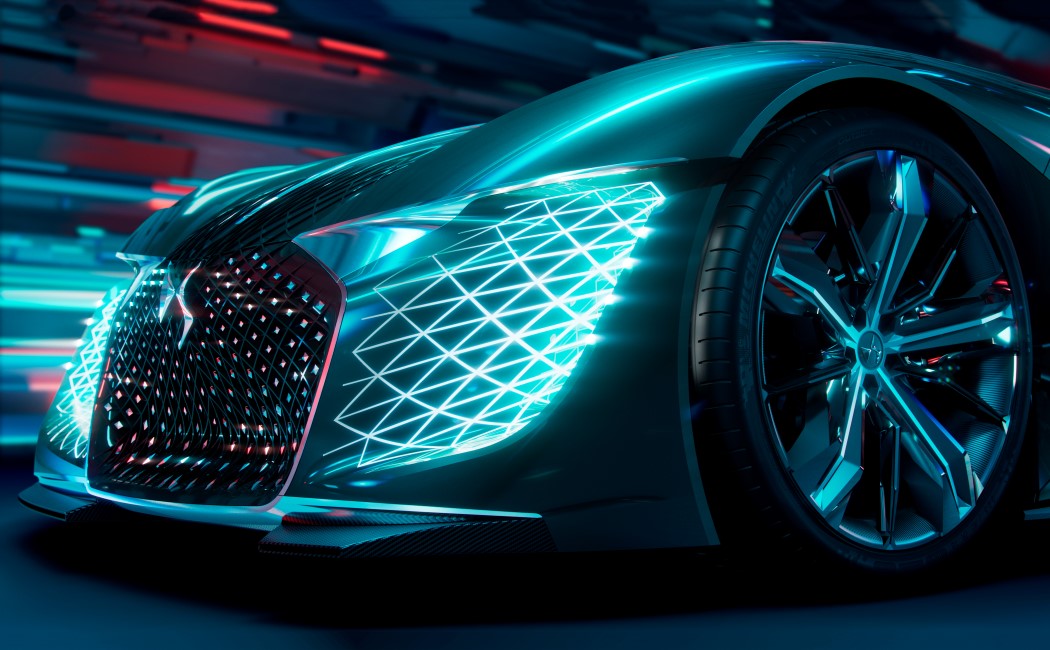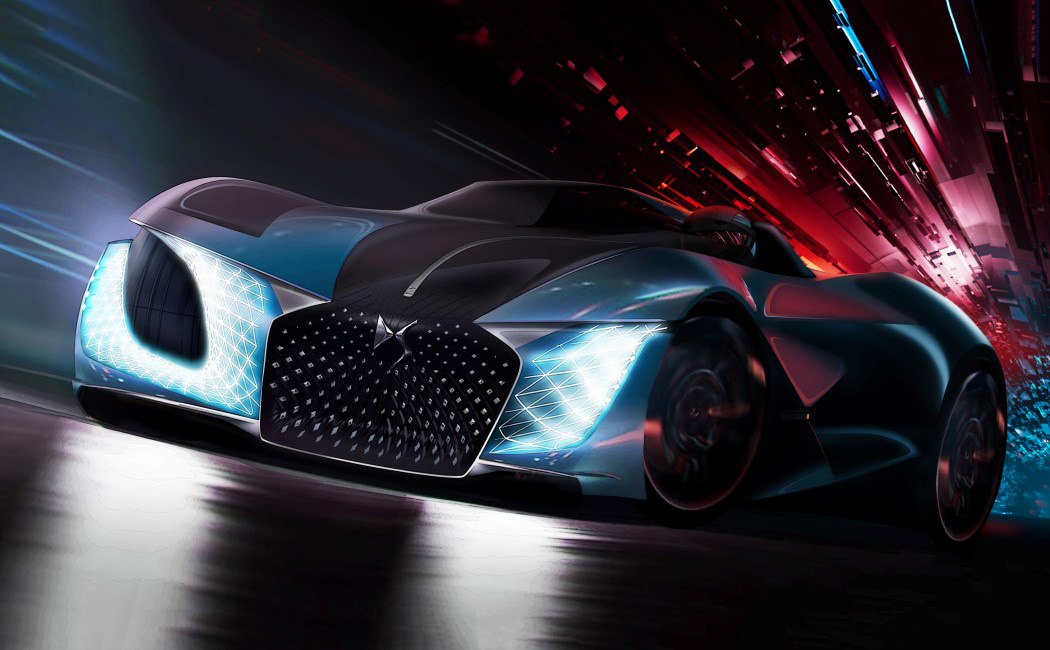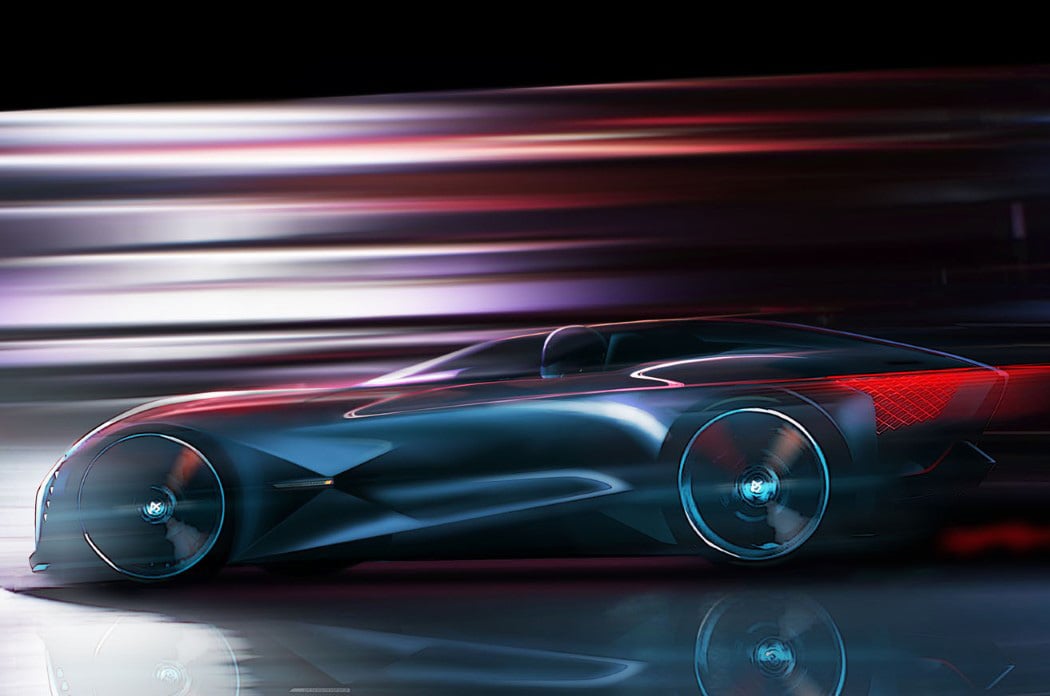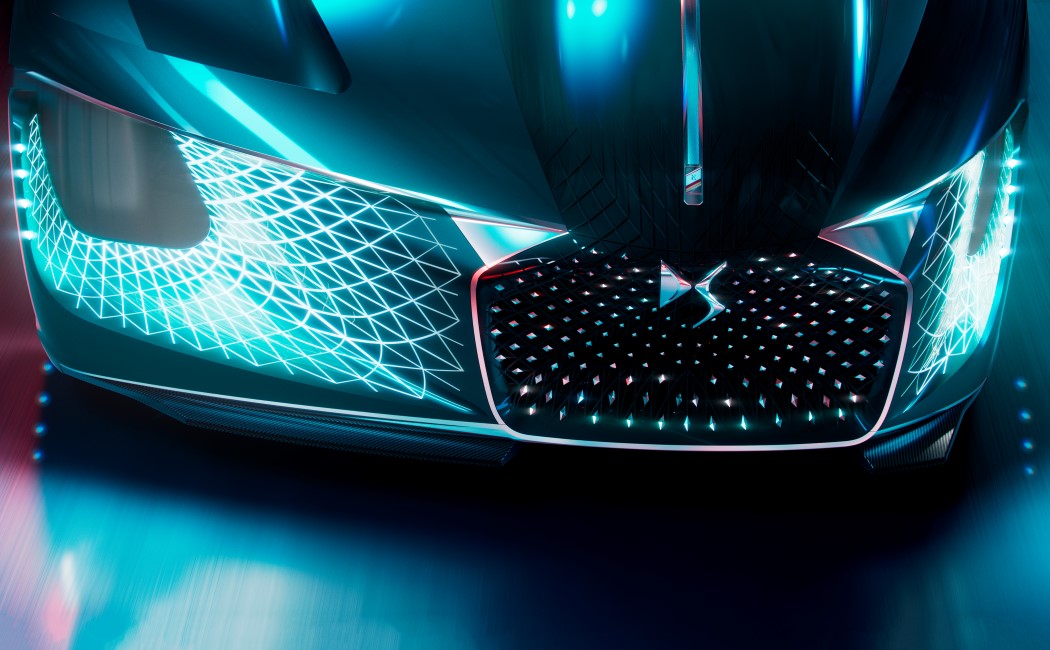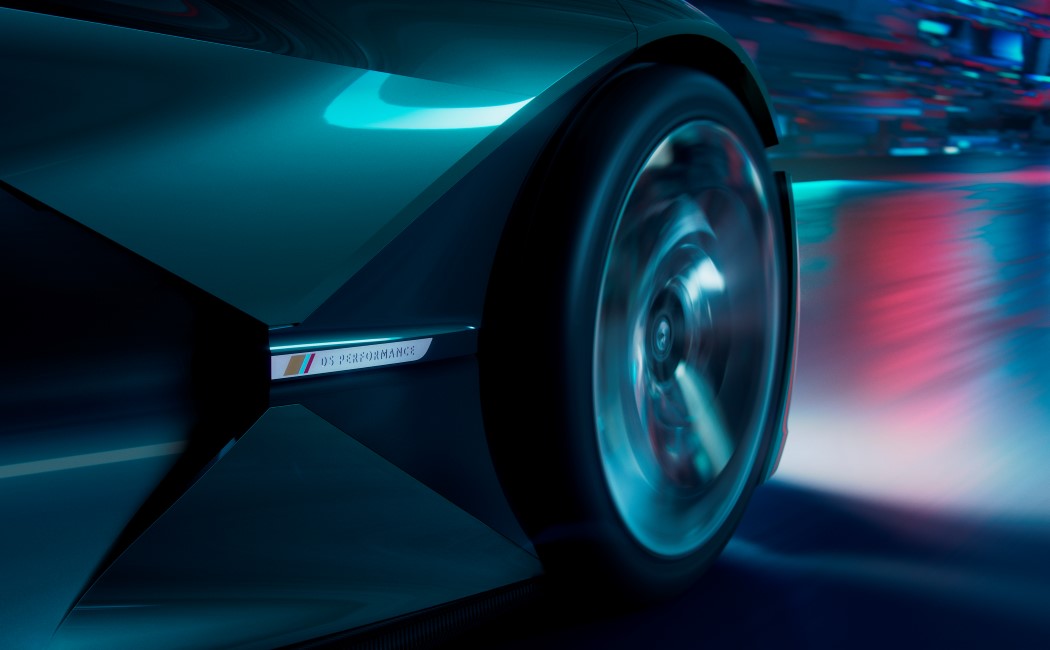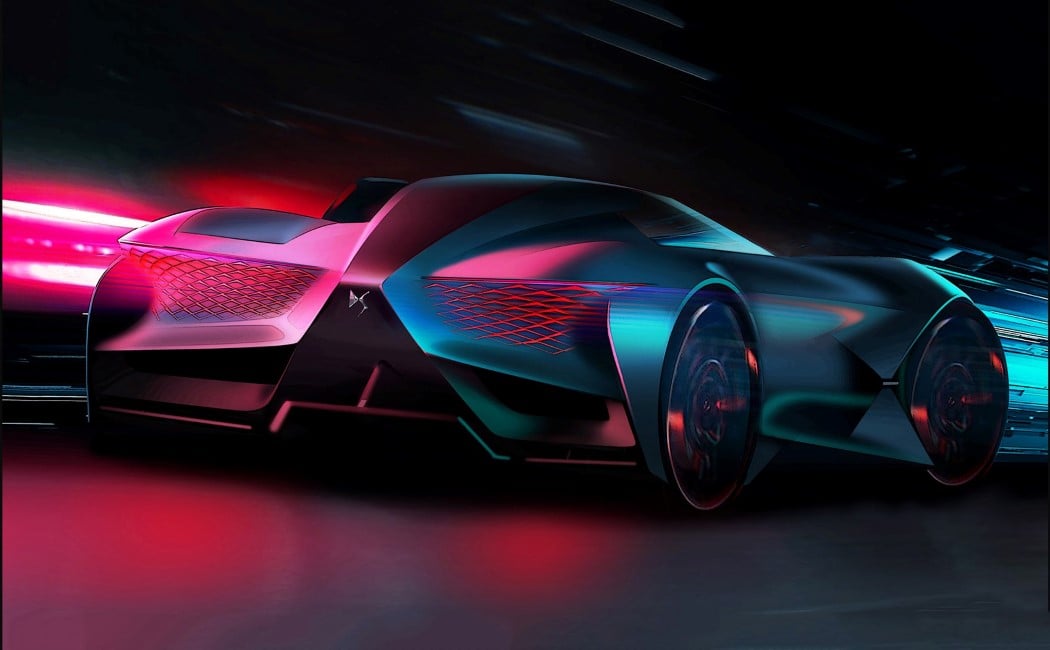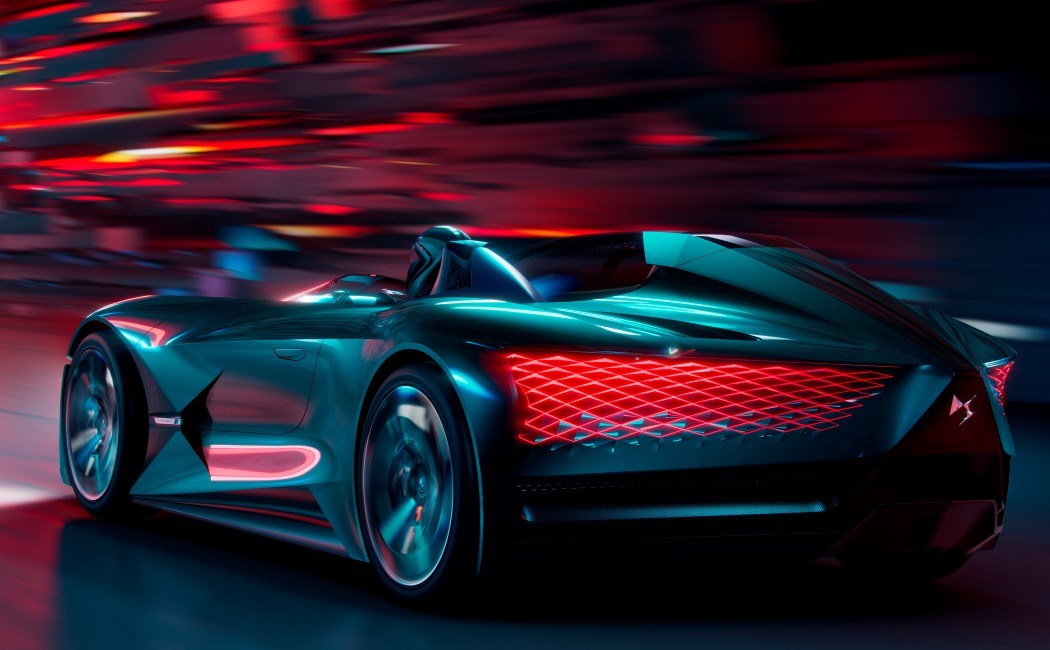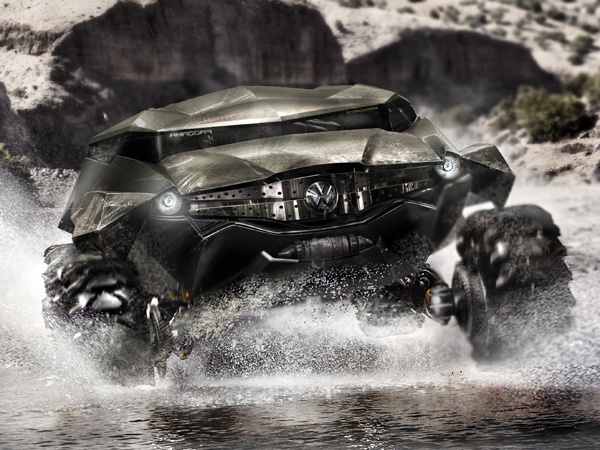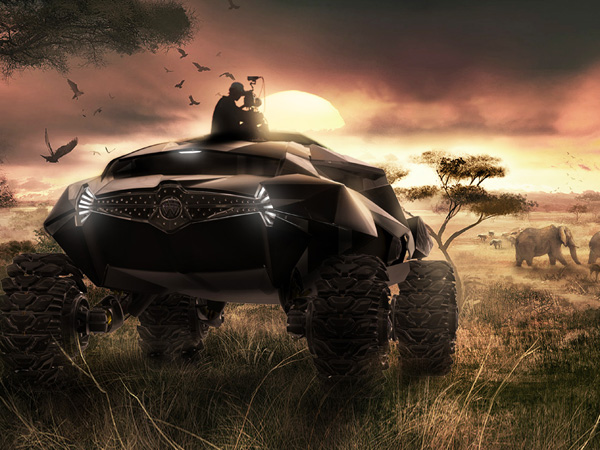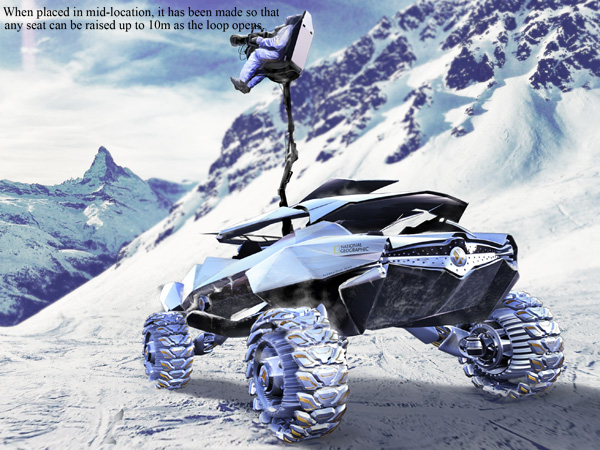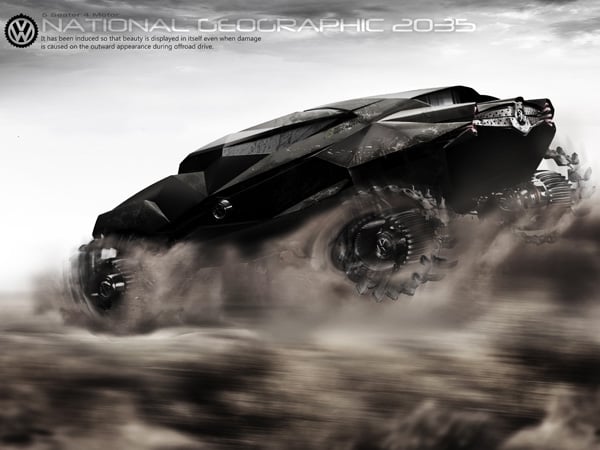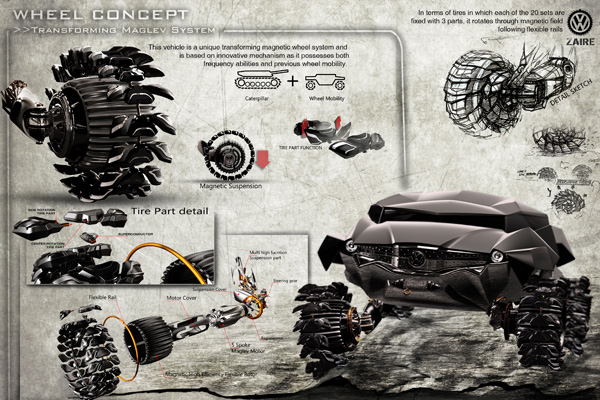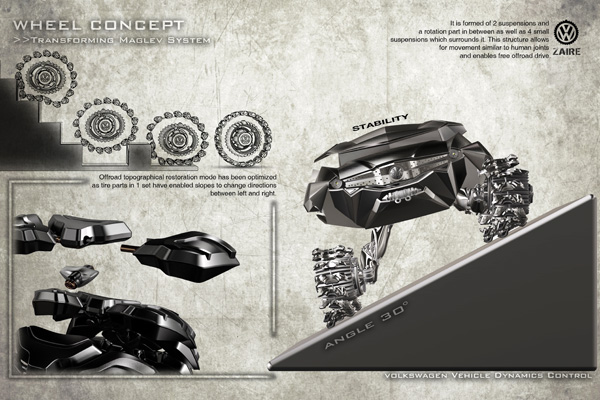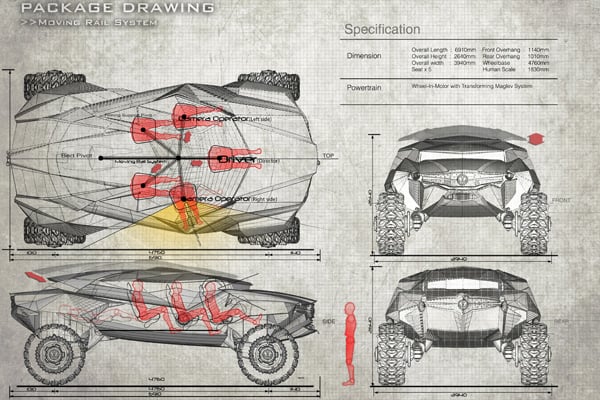As an editor, sometimes you’re faced with a strange quandary. What if a design is interesting, potentially ground-breaking, but disagrees with you visually? The DS X E-Tense conceptual vehicle is fabulous no doubt, and makes some remarkable promises. My problem, however, is with its approach to symmetry… or rather the lack of it.
Designed for a world in 2035, maybe the E-Tense’s asymmetrical body will probably be much more welcomed then, but with my current sucker-for-symmetry, Wes-Andersonian sensibilities, I’m finding it hard to look past. Maybe you can convince me otherwise!
The E-Tense’s asymmetrical build results in the car looking absolutely different from the left and the right. The Asymmetry translates to a front and back that aren’t bilateral, but rather in a 75:25 ratio. This deviation from balance creates an imbalance in the interior space, allowing for a cockpit and a passenger seat that are separate units with separate functions. The cockpit is styled much like that of a racecar, with an open top and a fitted seat that sports a reclined lumbar, keeping the car’s CG low. The passenger’s side remains closed, giving you the thrill the driver experiences, although in a more secure/cocooned yet ventilated environment and a reclining massaging seat. With a glass canopy above you, and an electro-chromatic glass floor beneath you that turns transparent as you drive, the E-Tense is an experience designed for an adrenaline rush.
The car comes with an additional third seat at the back, allowing three people to travel together, or even two, with the car running in autonomous mode, powered by IRIS an AI personal assistant that takes the form of a hologram and tends to the vehicle’s functions. The E-Tense comes with an all-electric drive, powered by two motors that sit near the front wheels. The car drives in two performance modes, with a Road mode giving you an output of 400 horsepower and a Circuit mode pushing the car’s limits to 1000 horsepower, allowing both driver and passenger to savor the exquisite performance of the suspension engineered by DS Performance, the technical team behind DS’s Formula E programme.
Visualized for a time period 17 years away, a lot can change. For starters, we may just colonize Mars by then, so imagining a world with an evolved car aesthetic that treats asymmetry as a much more sensible direction isn’t that hard. Giving two completely different and tailored experiences to the driver and the passenger seems like a decent enough reason to opt for a design that is more divided than balanced. Thoughts?
Designer: DS Automobiles

